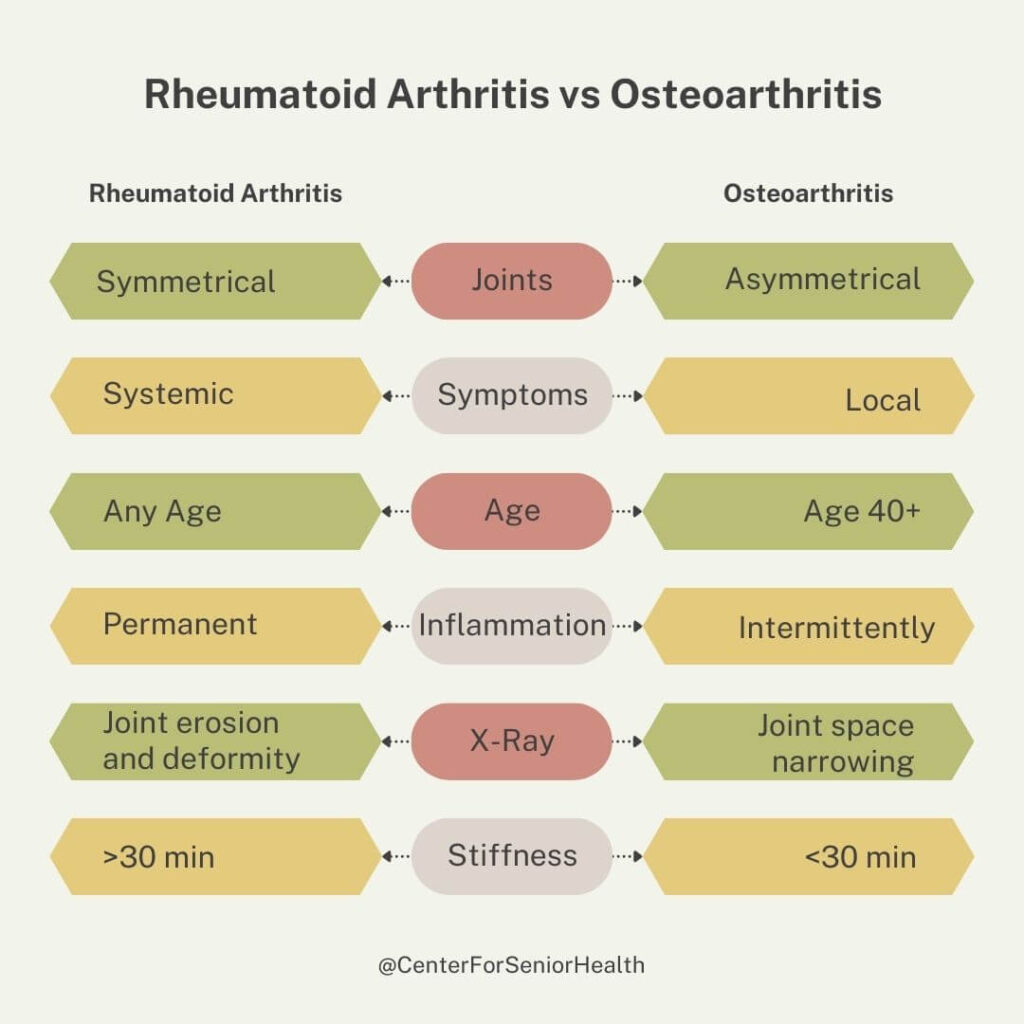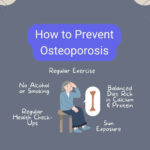Paget’s disease of bone is a condition that disease disrupts the normal process of bone remodeling, leading to enlarged and weakened bones, pain, deformities, or fractures. Paget’s disease affects about 1% of the US population and can impact various bones in your body. The skull, spine, pelvis, femur, and tibia are commonly affected areas.
We’ll also discuss the role of bisphosphonates and how monitoring alkaline phosphatase levels can help manage this condition effectively.

Causes and Risk Factors
Paget’s disease of bone is a complex condition, and while the exact cause is unknown, it is believed that both genetic and environmental factors play a role in its development.
Age: A Significant Risk Factor
One of the most significant risk factors for developing Paget’s disease of bone is age. The likelihood of developing this condition increases with advancing years. It primarily affects individuals over the age of 55, although it can occur at any age. As we grow older, our bones undergo a natural process called remodeling, where old bone tissue is replaced by new bone tissue. However, in individuals with Paget’s disease, this remodeling process becomes disrupted, leading to abnormal bone growth and deformation.
Genetic Factors and Ethnicity
While genetics are thought to play a role in Paget’s disease, it is not solely inherited through families. Certain gene mutations have been associated with an increased risk of developing the condition. Ethnicity has also been found to be a factor influencing susceptibility to Paget’s disease. It is more commonly observed in individuals of European descent compared to other ethnic groups.
Environmental Factors
Environmental factors may contribute to the development of Paget’s disease of bone as well. One theory suggests that certain viral infections early in life could trigger the onset of this condition later on. Although no specific virus has been definitively linked to Paget’s disease, researchers believe that these infections may lead to an abnormal immune response or affect bone cells directly.
Blood Supply and Nerve Damage
The blood supply and nerves surrounding affected bones may also play a role in the development of Paget’s disease. Research suggests that compromised blood flow or nerve damage could contribute to abnormal bone remodeling processes seen in this condition. Disruption in blood supply can result from factors such as trauma or inflammation within the affected area.
Role of Bone Cells
Bone is a living tissue that is constantly undergoing remodeling. Specialized cells called osteoclasts and osteoblasts are responsible for this process. Osteoclasts break down old bone tissue, while osteoblasts form new bone tissue. In Paget’s disease, there is an imbalance between these two types of cells, leading to excessive bone breakdown followed by abnormal and chaotic bone formation.
Increased Risk of Other Conditions
Paget’s disease has been associated with an increased risk of developing other health conditions. For instance, individuals with this condition may have a higher likelihood of developing certain types of cancer, especially osteosarcoma (a type of bone cancer).
Symptoms and Diagnosis
Paget’s disease of bone, also known as osteitis deformans, is a condition that can have various symptoms and requires proper diagnosis for effective management.
Common Symptoms
Asymptomatic: In the early stages of Paget’s disease of bone, individuals may not experience any noticeable symptoms. However, as the condition progresses, certain signs may manifest.
Bone Pain is one of the most prevalent symptoms. Patients often describe a deep ache or throbbing sensation in the affected bones. This discomfort can be persistent or intermittent.
Joint stiffness is another symptom commonly observed. As the abnormal bone growth occurs, it can affect nearby joints, leading to limited mobility and stiffness.
If Paget’s disease affects the skull bones, hearing loss may occur due to compression or damage to auditory structures. It is important to monitor any changes in hearing ability as they could be indicative of this condition.
Furthermore, individuals with Paget’s disease are at an increased risk of bone fractures. The weakened structure caused by excessive bone remodeling makes bones more susceptible to breaks even from minor trauma or normal activities.
Bone Deformations
In advanced cases of Paget’s disease of bone, patients may exhibit visible deformities in their skeletal system. These deformations include a larger head size than usual and bowing of the arm or leg due to abnormal growth patterns.
Diagnostic Methods
To accurately diagnose Paget’s disease of bone, healthcare professionals employ several diagnostic methods:
- Blood Tests: A simple blood test can help detect elevated levels of alkaline phosphatase enzyme (ALP) in the blood. ALP is commonly found in bone cells, and increased levels can indicate abnormal bone remodeling associated with Paget’s disease.
- Imaging Studies: X-rays or bone scans are valuable tools for diagnosing Paget’s disease. These imaging techniques allow healthcare providers to visualize changes in bone structure and density. X-rays reveal characteristic abnormalities such as enlarged bones, areas of increased density (sclerosis), or weakened regions prone to fractures.
- Biopsy: In some cases, a biopsy may be necessary to confirm the diagnosis of Paget’s disease of bone. During a biopsy, a small sample of affected bone tissue is extracted for examination under a microscope. This procedure helps rule out other potential causes of bone abnormalities and provides definitive confirmation of the condition.
When To See A Doctor
Talk to your health care provider when you experience the symptoms below:
Persistent Bone Pain: While occasional aches and pains are normal, ongoing discomfort in your bones could be a sign of something more serious, such as Paget’s disease of bone.
Unexplained Fractures: If you notice unexplained fractures occurring frequently or with minimal force, it is crucial to consult a doctor.
Changes in Posture or Deformities in Bones/Joints: These could be indications of Paget’s disease of bone and should not be ignored. As this condition progresses, it can affect the shape and structure of your bones, leading to visible changes in your body.
Frequent Headaches or Hearing Loss without Apparent Cause: In cases where the disease affects the skull, there will be increased pressure inside the head resulting in recurring headaches or hearing loss without an obvious reason.
Elevated Levels of Alkaline Phosphatase Enzyme: If your routine blood test results show elevated levels of alkaline phosphatase enzyme, it may indicate an issue with your bones. While increased alkaline phosphatase levels can be caused by various conditions, Paget’s disease of bone is one potential explanation. Consult a doctor for further evaluation.
Complications and Additional Problems
Increased risk of osteoarthritis due to abnormal stress on joints
Paget’s disease of bone can lead to an increased risk of developing osteoarthritis. Misshapen bones put abnormal stress on the joints and alter their mechanics, leading to wear and tear over time. As a result, many people with Paget’s disease may experience joint pain, stiffness, swelling, and limited mobility.
Neurological complications can occur if spinal cord or nerves are compressed by enlarged bones
When enlarged pagetic bones compress against the spinal cord or nerves, it impairs their ability to function properly. Patients may experience symptoms such as numbness or tingling sensations in their extremities (arms or legs), muscle weakness or paralysis in certain areas of their body, and problems with coordination or balance.
Treatment Options and Management
Medications for Slowing Bone Turnover
One of the primary treatment options for Paget’s disease of bone is the use of medications, such as bisphosphonates, to slow down the excessive bone turnover. Bisphosphonates work by inhibiting the activity of osteoclasts, which are responsible for breaking down old bone tissue. By reducing this activity, bisphosphonates help to maintain a more balanced rate of bone remodeling.
These medications effectively reduce pain, improve bone density, and prevent further complications associated with Paget’s disease. However, it is important to note that while bisphosphonates can help manage symptoms and slow disease progression, they do not cure Paget’s disease of bone.
Pain Relief Measures
Pain relievers play an essential role in managing discomfort caused by Paget’s disease. Nonsteroidal anti-inflammatory drugs (NSAIDs) are commonly recommended to alleviate pain and reduce inflammation in affected bones. Stronger analgesics may be prescribed by healthcare providers to manage more severe pain associated with Paget’s disease.
Physical Therapy and Occupational Therapy
Physical therapists design exercises that aim to enhance muscle strength surrounding affected bones while also improving balance and coordination. Physical therapy can help relieve joint stiffness and increase range of motion.
Occupational therapists assist individuals in adapting their daily activities to accommodate any physical limitations caused by the disease. They provide strategies and techniques to manage pain, conserve energy, and promote independence in performing essential tasks.
Surgical Intervention
In some cases, surgical intervention may be necessary to correct deformities or repair fractures. Surgical procedures for Paget’s disease can involve realigning bones, stabilizing fractures with internal fixation devices, or replacing joints that have been severely damaged. These interventions aim to improve function, alleviate pain, and restore mobility.
Familial Occurrence
One cannot ignore the significant role that genetic factors play in its occurrence. This chronic bone disorder often runs in families, highlighting the strong hereditary component associated with the condition.
Researchers have identified several genes that contribute to the development of this bone disorder, although no single gene has been found to be solely responsible. Instead, it appears that a combination of genetic variations increases the risk of developing Paget’s disease. However, it is important to note that not everyone who inherits these genes will develop the condition.
Commonly Affected Bones
Paget’s disease primarily affects several bones throughout the body. The most commonly involved sites include the skull, spine, pelvis, femur (thigh bone), and tibia (shinbone). These areas are particularly vulnerable due to their high metabolic activity and constant remodeling process.
- Skull: When Paget’s disease affects the skull bones, they often become enlarged and thickened. This abnormal growth can cause a range of symptoms, including headaches, hearing loss, and vision problems.
- Spine: The affected vertebrae may develop an abnormal curvature or bowing. This can result in back pain, stiffness, and reduced mobility. In severe cases, compression fractures may occur due to weakened bones.
- Pelvis: The bones of the pelvis may become enlarged and distorted, leading to an altered gait pattern and difficulty walking.
Prognosis and Conclusion
\With proper management and treatment, most people with Paget’s disease can live normal lives without experiencing major complications. However, it’s important to stay proactive in managing your symptoms and regularly follow up with your healthcare provider.
Reach out to a healthcare professional if you suspect you may have Paget’s disease or if you have any concerns. Remember, early detection and intervention can make a significant difference in managing this condition effectively.
FAQs
Can I prevent Paget’s disease of bone?
Unfortunately, there is no known way to prevent Paget’s disease of bone. However, maintaining a healthy lifestyle that includes regular exercise and a balanced diet rich in calcium and vitamin D may help support overall bone health.
Is Paget’s disease hereditary?
There seems to be a genetic component involved in developing Paget’s disease of bone. While most cases are sporadic (not inherited), there is evidence that suggests a familial predisposition to the condition.
Can I still exercise if I have Paget’s disease?
Yes! Regular exercise is essential for maintaining good bone health. However, it is crucial to consult with your healthcare provider before starting any new exercise regimen or making significant changes to your current routine.
Are there any alternative treatments for Paget’s disease?
While there are no proven alternative treatments for Paget’s disease of bone, some individuals may explore complementary therapies such as acupuncture or herbal remedies. It’s important to discuss these options with your healthcare provider before trying them.
Can Paget’s disease lead to cancer?
In rare cases, Paget’s disease of bone can progress to a type of bone cancer called osteosarcoma. However, the risk is extremely low, affecting less than 1% of individuals with Paget’s disease. Regular monitoring and early intervention can help detect any potential complications.
References
https://www.niams.nih.gov/health-topics/pagets-disease-bone
https://www.ncbi.nlm.nih.gov/pmc/articles/PMC4318601/
You May Also Like
- How To Improve Gut Microbiome – 26 May 2024
- Chemo neuropathy treatment: What to do? – 19 May 2024
- How to Prevent Osteoporosis: Effective Strategies & Simple Steps – 28 December 2023








